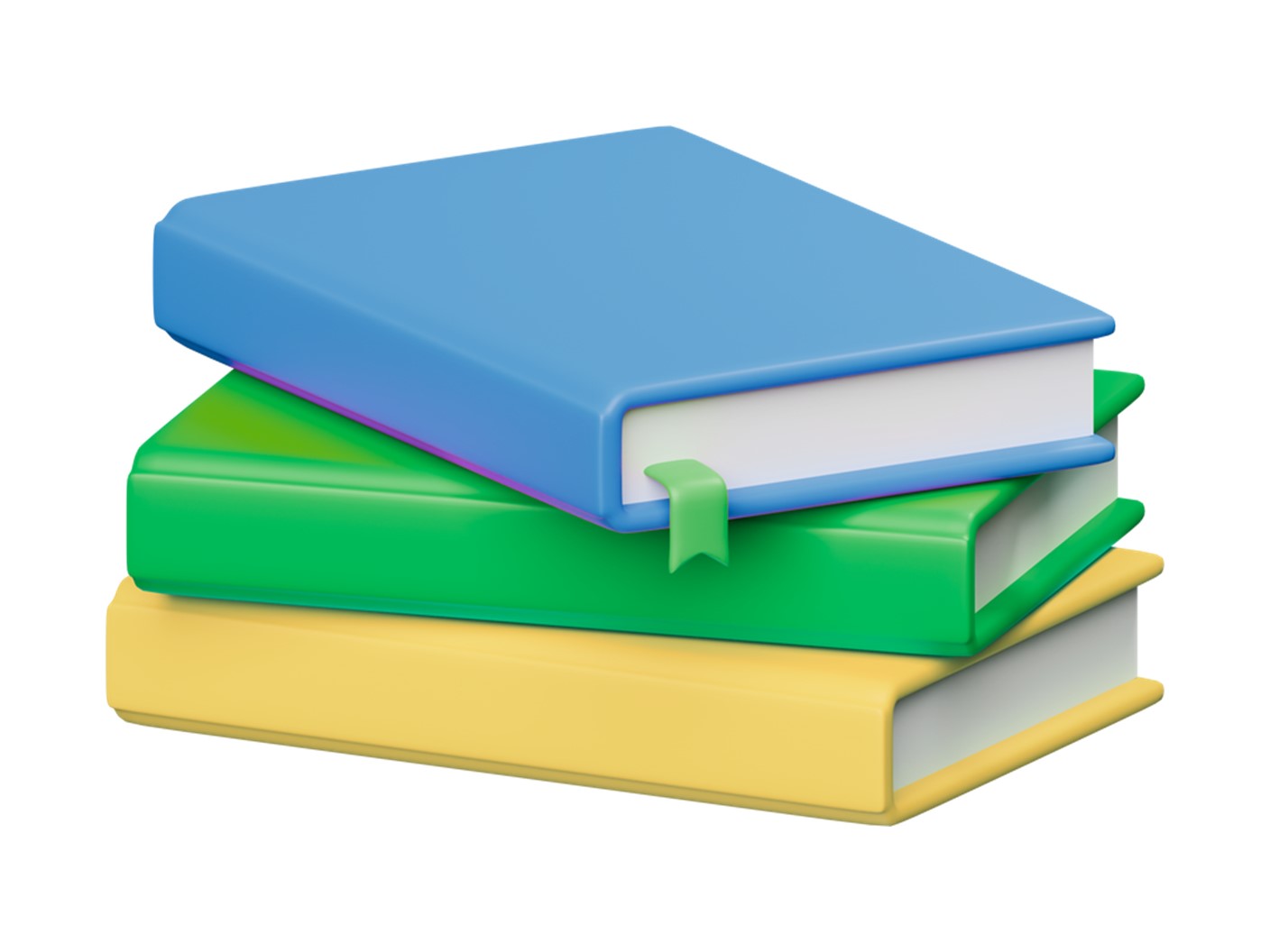BOOKS
Taming the MULTIPLICATION Monster
Learn Multiplication Facts By Understanding, Not Memorizing!
Most multiplication facts can be learned by:
- understanding multiplication,
- recognizing just a few patterns, and
- leveraging the math most children already know.
That's what we do in this book! Children will learn a lot about math, build important number sense, and realize that the Multiplication Monster isn't really scary at all. There is also a "Bonus Stuff" section at the end that uses what children have learned about multiplication to make it easy to understand division as well as multiplication and division with fractions.
===================================================
Very Early MATH: SET 1 - Numbers tell us "How Many"
Don't pick up a counting book until you check out Very Early Math: Set 1 & 2!
- Think of this series as the math equivalent of early phonics books--they help a child build a strong math foundation.
SET 1 of Very Early Math doesn't start with counting because for counting to make sense, a child must first understand why we count—to find out how many of something there are in a group. So, an even better place to begin when trying to help a child understand numbers is to help a child recognize and label the groups the child can already "see" and can already quantify without counting:
a group of 1 ( * ), a group of 2 ( * * ), and a group of 3 ( * * * ).
This ability to quantify without counting is called "subitizing." It's a critical early math skill that is often unrecognized and underappreciated.
===================================================
Very Early MATH: SET 2 - COUNTING! How To Teach It
Click here to buy book: Very Early MATH: SET 2
Don't pick up a counting book until you check out Very Early Math: Set 1 & 2!
Kids who can count a group, "one – two – three," often think three names the last item counted, not the group's size. If this view persists, even the most basic arithmetic, like 3 + 2 = 5, won't make any sense. Unfortunately, this happens far too often because grownups tend to focus on teaching counting, and teaching counting alone doesn't also teach:
- The idea of a group, that numbers are used to tell us a group's size, that we count to tell a group's size, and how counting tells us a group's size (i.e., the Cardinal Principle).
These Very Early MATH books start with an ability children are born with—the ability to "see" and accurately quantify very small groups without counting (it's an important, often overlooked, math skill called "subitizing"). Then the books build and link ideas one by one, so a child comes to understand the key math ideas listed above, all of which are needed for a strong math foundation.
========================================================
TEN FRIENDS SAVE THE DAY! Add To 10
Early Math Book 3 (For tips on helping early-math learners and more book details, just click on the book title above)
The NUMBERS can't wait to ride the roller coaster. But, Yikes, Wait! Oh Noooo! You must be at least 10 to go on the ride. What will 0, 1, 2, 3, 4, 5, 6, 7, 8 & 9 do? Will the day be lost, or will the NUMBERS find a way to solve the problem? This book focuses on the pairs of numbers that add to 10—a critical math skill! These pairs of numbers are given a special name by many teachers. Why? These pairs of numbers are so important and helpful to learning math that many teachers refer to them as "friends"—"Ten Friends."
"I am absolutely thrilled with this find! My niece has always struggled with addition, but since we started using this book, she has made such amazing progress."
===================================================
ADDING FUN! Add Up To 9
Early Math Book 2 (For tips on helping early-math learners and more book details, just click the book title above)
When the NUMBERS get into trouble at home, they decide to run away and join the circus. There, each number auditions by showing off what pairs of numbers make them up as well as sharing other fun facts. Will 0, 1, 2, 3, 4, 5, 6, 7, 8 & 9 join the circus, or will they realize that what really makes them happy is waiting for them back home? This book focuses on what pairs of numbers add up to the numbers 2 to 9, a very important foundational math skill.
"My kids were engaged with the book from the moment they opened it. Every page has been colored in."
Adding Fun! Add Up To 9 READ ALOUD YouTube VIDEO
===================================================
NUMBERS COUNT! Count Up To 9
Early Math Book 1 (For tips on helping early-math learners and more book details, just click on the book title above)
When the numbers 0 to 9 go on an adventure to find out if it would be even more fun to be letters they find lots of fun things to count and quantify along the way. Will the NUMBERS give up being numbers and join the letters? Read NUMBERS COUNT! Count Up to 9 to find out. 0, 1, 2, 3, 4, 5, 6, 7, 8 & 9 are the building blocks of all the numbers in our base-10 number system. So, it is very important that children learn to recognize these numbers, learn the size of groups associated with these numbers (e.g., a group with 1 of something in it, a group with 2 of something in it, a group with 3 of something in it; etc.), and learn to count.
"I absolutely love it! The kids are big into letters and numbers nowadays so they literally carry it around with them everywhere and have me read it to them every night for bedtime."
